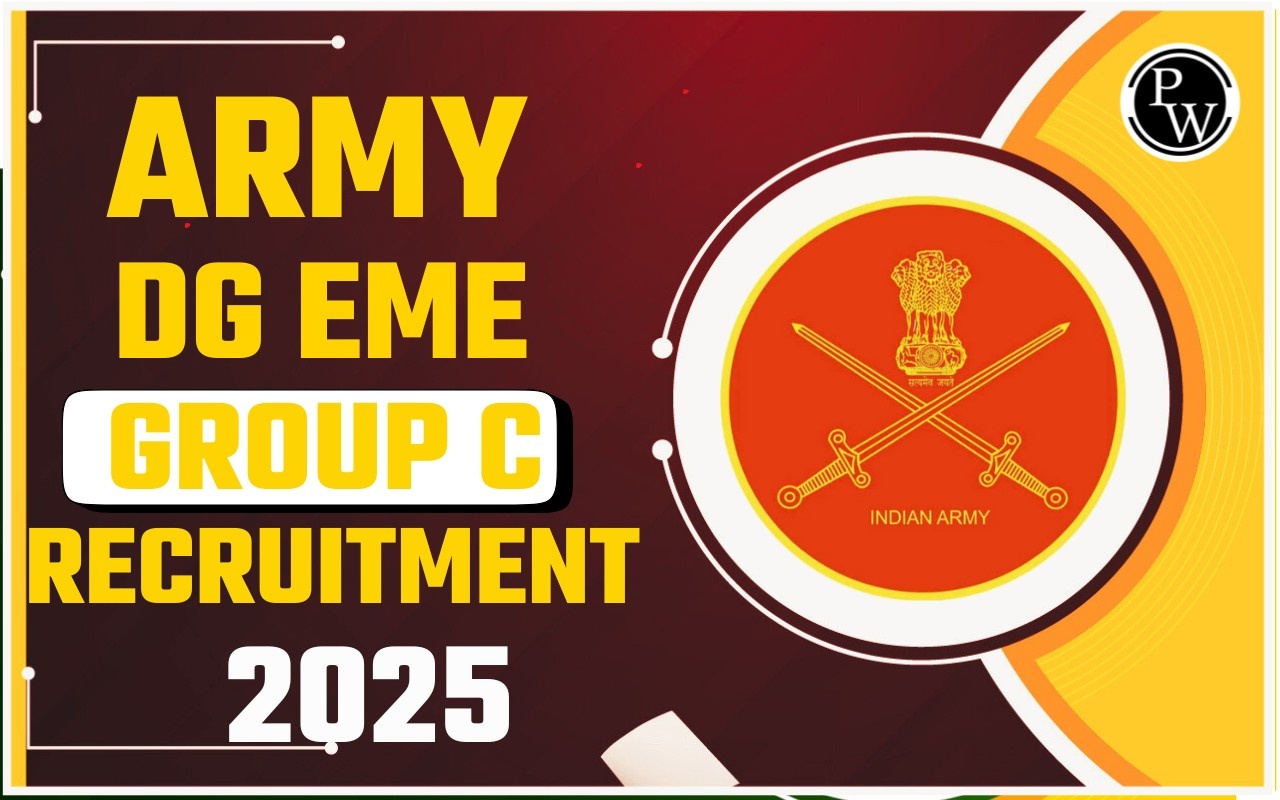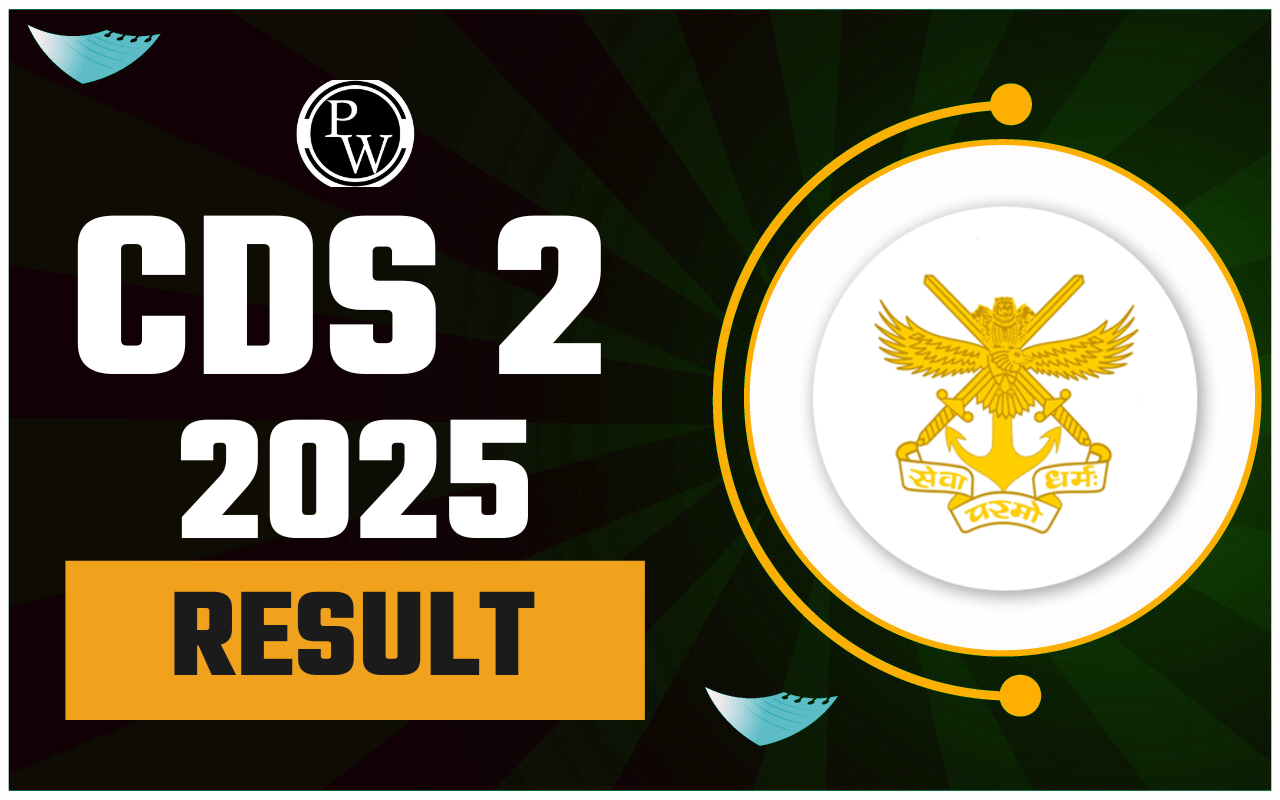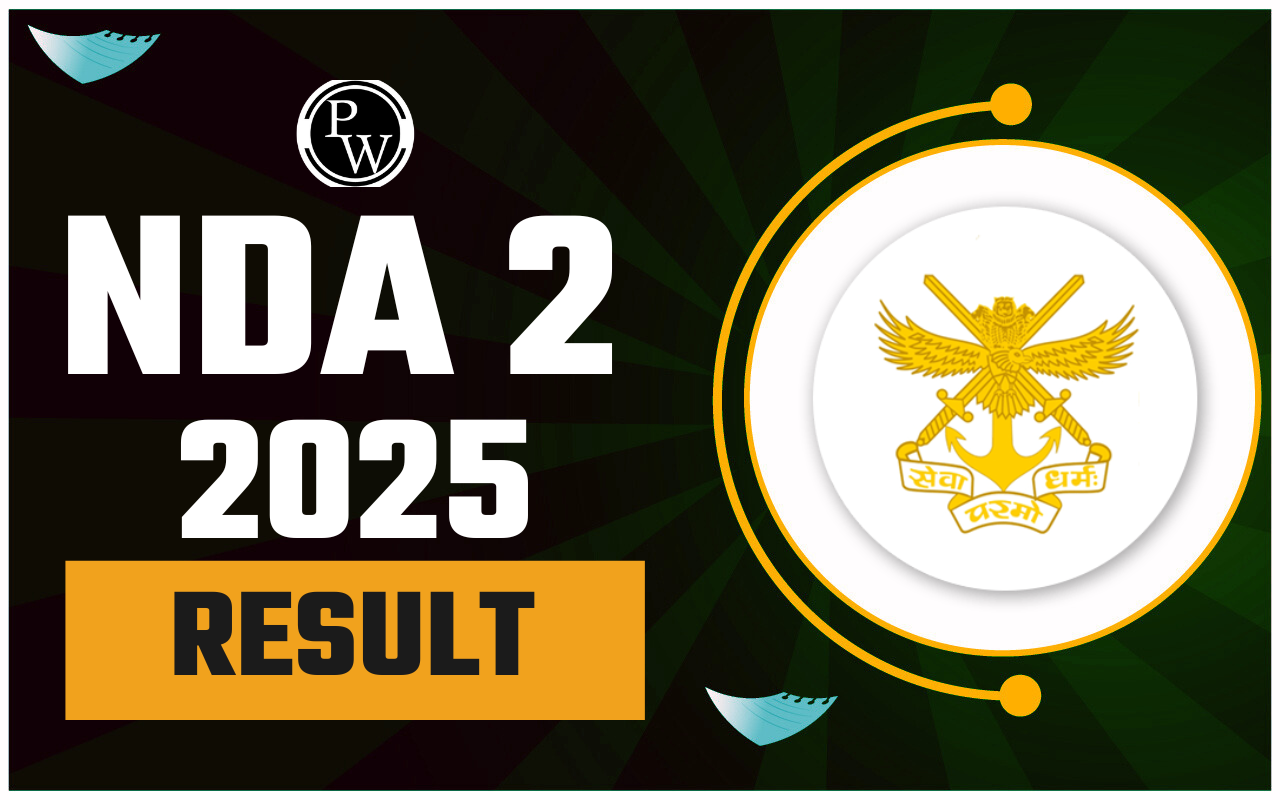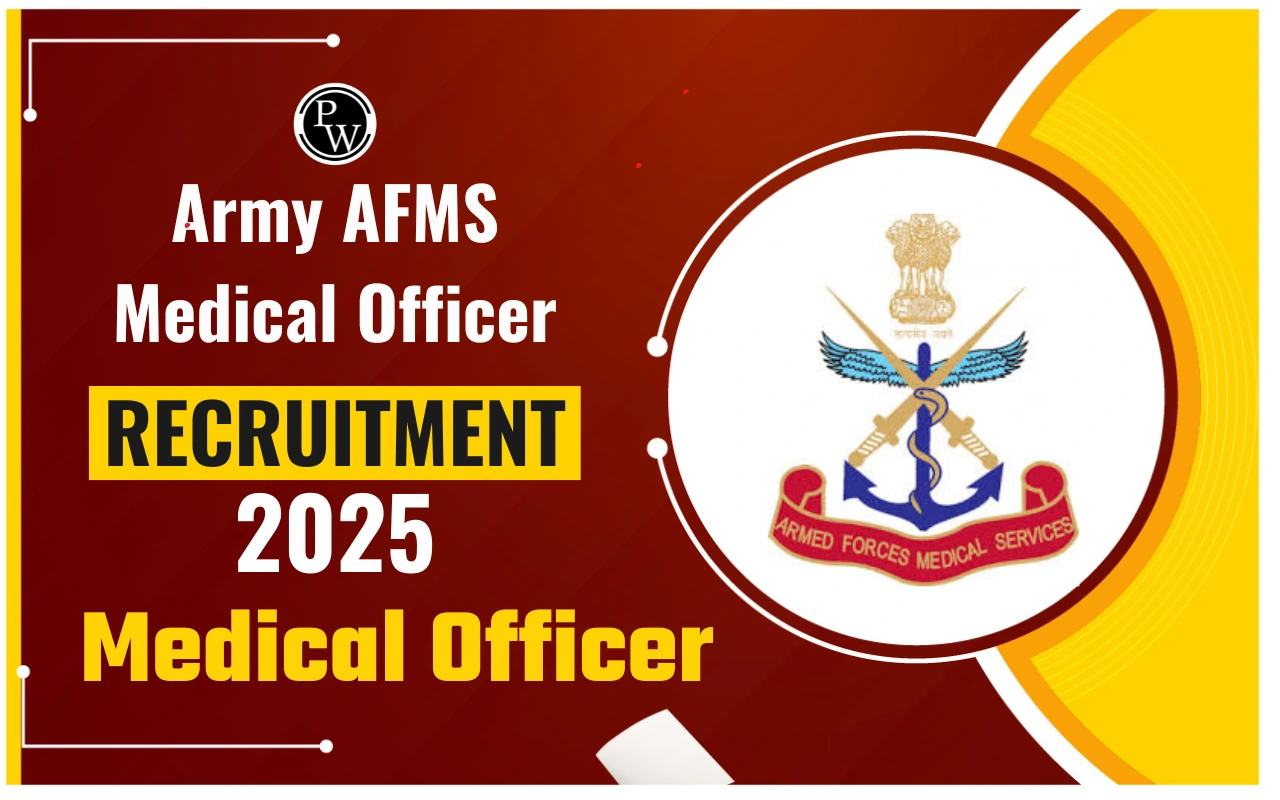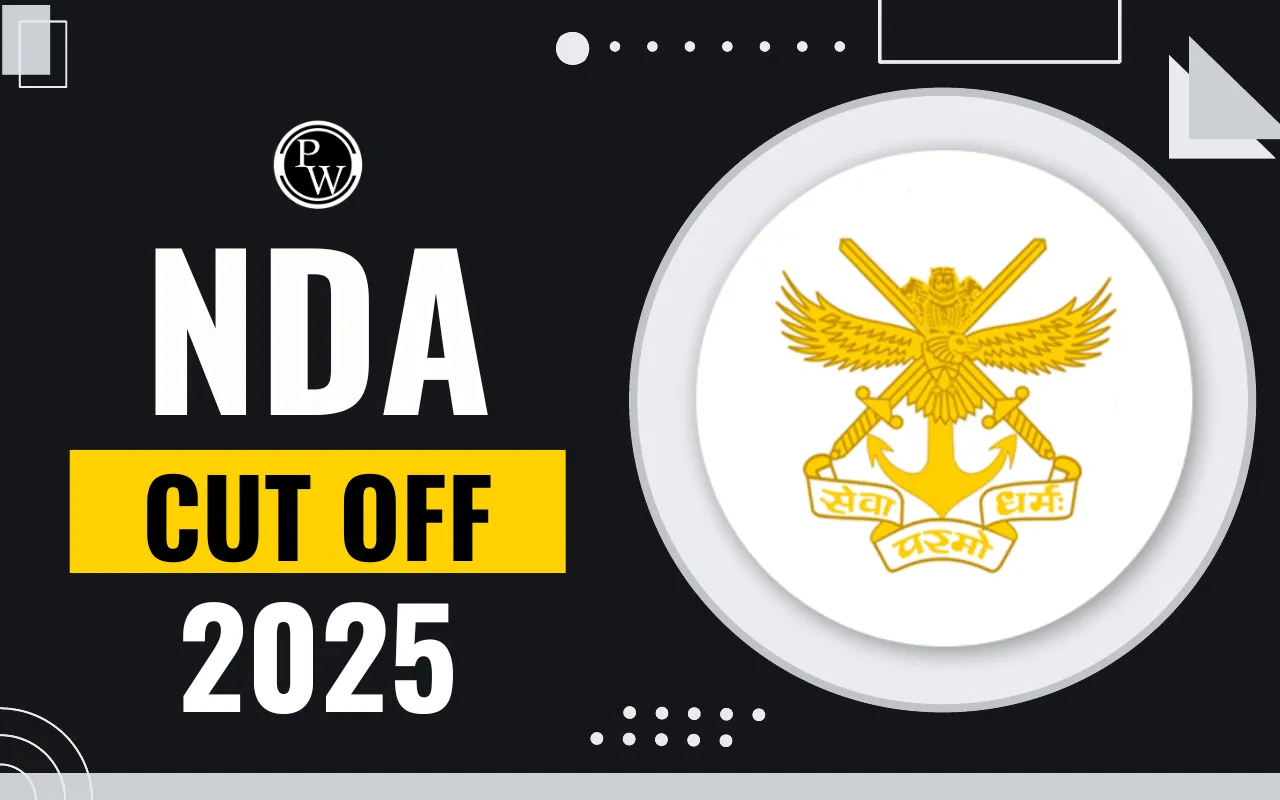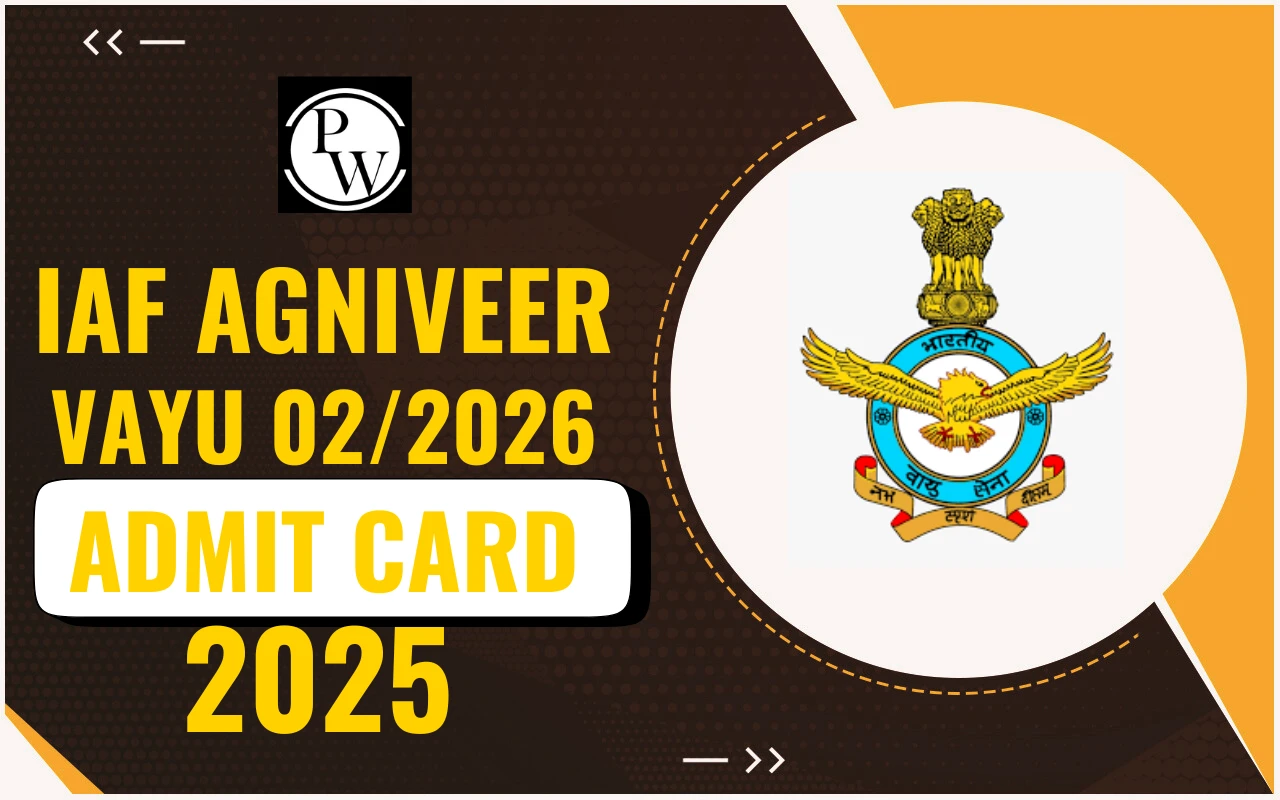
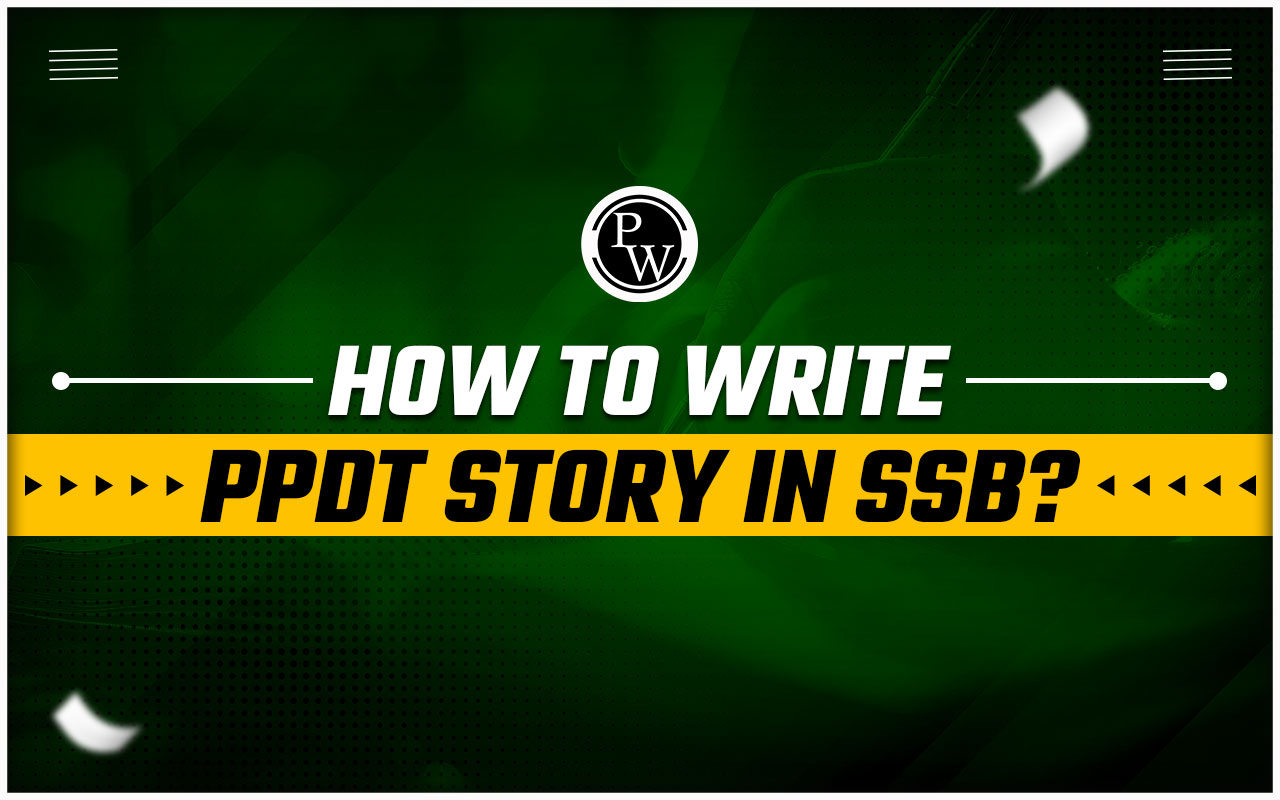
How to Write PPDT Story in SSB? In the Services Selection Board (SSB) exams, the Picture Perception and Discussion Test (PPDT) plays a crucial role in evaluating candidates' abilities to observe, interpret, and communicate effectively. This article is designed to help you understand and excel in writing a PPDT story. We will walk you through the process step-by-step, providing practical tips and strategies to confidently tackle this important aspect of the selection process. Whether you're new to SSB assessments or aiming to improve your approach, this guide will equip you with the skills needed to craft compelling stories that showcase your strengths to the selectors.
PPDT Story in SSB
Picture Perception and Discussion Test (PPDT) is a crucial part of the Services Selection Board (SSB) screening process for candidates aspiring to join the Indian Armed Forces. PPDT is designed to evaluate a candidate's observational skills, imagination, expression, and ability to work in a group. The test involves showing candidates a hazy or ambiguous picture for a short duration, after which they must write a story based on their perception of the image. The exercise concludes with a group discussion where candidates share and discuss their stories, aiming to reach a common story or understanding.How to Write a PPDT Story in SSB?
Writing a PPDT (Picture Perception and Discussion Test) story in SSB (Services Selection Board) requires a systematic approach to effectively capture your observations and convey a meaningful narrative. Here is a step-by-step guide to help you write a compelling PPDT story:Step 1: Observation
- Initial Glance: Spend the first few seconds taking a mental snapshot of the picture.
- Detailed Observation: Note the number of characters, their age, gender, mood, and apparent actions.
- Context and Setting: Determine whether the scene is indoor or outdoor, and identify any significant objects or background elements.
Step 2: Planning
- Identify the Main Character: Decide who the protagonist of your story will be. Note their likely age, gender, and role.
- Outline the Plot: Quickly brainstorm a beginning, middle, and end for your story. Focus on a positive and realistic scenario that can unfold naturally from the image.
- Theme Selection: Choose a central theme that reflects positive qualities like leadership, teamwork, and problem-solving.
Step 3: Writing the Story
-
Introduction:
- Introduce the main character(s).
- Describe the setting briefly.
- Establish the context and the initial situation.
-
Conflict/Challenge:
- Introduce a problem or challenge that the characters need to address.
- Keep it relevant to the picture and plausible.
-
Resolution:
- Describe how the characters solve the problem.
- Highlight qualities such as quick thinking, cooperation, and determination.
-
Conclusion:
- Summarize the outcome of the story.
- End on a positive note, emphasizing the moral or lesson learned.
Step 4: Reviewing
- Read Through: Quickly read through your story to ensure it flows logically.
- Check Grammar and Spelling: Correct any grammatical errors or typos.
- Ensure Clarity: Make sure your story is clear and concise, and that it effectively conveys your intended message.
Step 5: Group Discussion Preparation
- Summarize Your Story: Prepare a brief and clear summary of your story for the discussion phase.
- Stay Confident: Be ready to present your story confidently and listen actively to others.
- Engage Constructively: Contribute to the discussion by highlighting the positive aspects of your story and appreciating others' perspectives.
Tips and Tricks to Write a PPDT Story in SSB
Writing a compelling and coherent story for the PPDT requires a blend of creativity, structure, and clarity. Here are some tips and tricks to help you craft an effective PPDT story:1. Observe the Picture Carefully
- Take Your Time: Use the initial few seconds to observe the picture thoroughly. Note the number of characters, their age, gender, mood, and possible actions.
- Identify the Setting: Understand the context and setting of the picture. Is it indoors or outdoors? What season or time of day could it be?
2. Frame a Positive and Relevant Theme
- Positive Outlook: Your story should convey a positive theme, showcasing qualities like leadership, teamwork, and problem-solving.
- Relevant Plot: Ensure your story aligns with the picture. Avoid far-fetched plots that do not fit the image context.
3. Use the Basic Story Structure
- Introduction: Set the scene and introduce the main characters. Briefly describe who they are and their current situation.
- Conflict/Challenge: Introduce a challenge or problem the characters face. This element is crucial for adding depth to your story.
- Resolution: Show how the characters overcome the challenge using their skills and qualities. The resolution should highlight positive traits and logical thinking.
- Conclusion: End the story on a positive note, summarizing the outcome and the lessons learned.
4. Keep it Clear and Concise
- Simple Language: Use clear and straightforward language. Avoid overly complex sentences or jargon.
- Conciseness: Due to the time constraint, ensure your story is concise. Focus on essential details that drive the narrative forward.
5. Practice Time Management
- Timing: Practice writing stories within the given time frame (about 3 minutes). Efficient time management is key to completing your story without rushing.
- Editing: Leave a few seconds at the end to quickly review and correct any grammatical or spelling errors.
6. Showcase Officer-Like Qualities
- Leadership: Include elements of leadership where the protagonist leads by example or helps others.
- Teamwork: Emphasize teamwork and cooperation among characters.
- Problem-Solving: Demonstrate logical and effective problem-solving skills.
7. Prepare for the Group Discussion
- Be Confident: Present your story confidently and clearly during the group discussion.
- Listen Actively: Pay attention to others' stories and contribute constructively to the discussion.
- Be Cooperative: Aim to reach a consensus rather than dominating the discussion. Show your ability to work well in a team.
8. Regular Practice
- Mock Tests: Regularly practice with different pictures to improve your observational and storytelling skills.
- Feedback: Seek feedback from peers or mentors to refine your storytelling techniques.
How to Write PPDT Story in SSB? FAQs
Q1. What is PPDT in SSB?
Ans. PPDT stands for Picture Perception and Discussion Test. It is a test conducted during the Services Selection Board (SSB) assessment to evaluate candidates' ability to perceive details from a given picture and construct a coherent story based on it.
Q2. How much time do candidates get for writing the PPDT story?
Ans. Typically, candidates get about 3-4 minutes to observe a picture and write their story based on their perceptions.
Q3. What are the key skills assessed in PPDT?
Ans. PPDT assesses several skills including observational skills, creativity, logical thinking, ability to work under pressure, and effective communication during the subsequent group discussion.
Q4. How can I improve my performance in PPDT?
Ans. To improve your performance in PPDT, practice observing pictures quickly and accurately. Work on developing a structured approach to writing stories that include a clear beginning, middle (conflict), and resolution. Also, practice participating in group discussions to articulate your thoughts clearly and listen actively to others.
Q5. What should I avoid while writing a PPDT story?
Ans. Avoid deviating too far from the visual cues provided in the picture. Keep your story realistic and aligned with the context of the image. Also, avoid using complex language that may obscure your intended message.
Talk to a counsellorHave doubts? Our support team will be happy to assist you!

Check out these Related Articles
Free Learning Resources
PW Books
Notes (Class 10-12)
PW Study Materials
Notes (Class 6-9)
Ncert Solutions
Govt Exams
Class 6th to 12th Online Courses
Govt Job Exams Courses
UPSC Coaching
Defence Exam Coaching
Gate Exam Coaching
Other Exams
Know about Physics Wallah
Physics Wallah is an Indian edtech platform that provides accessible & comprehensive learning experiences to students from Class 6th to postgraduate level. We also provide extensive NCERT solutions, sample paper, NEET, JEE Mains, BITSAT previous year papers & more such resources to students. Physics Wallah also caters to over 3.5 million registered students and over 78 lakh+ Youtube subscribers with 4.8 rating on its app.
We Stand Out because
We provide students with intensive courses with India’s qualified & experienced faculties & mentors. PW strives to make the learning experience comprehensive and accessible for students of all sections of society. We believe in empowering every single student who couldn't dream of a good career in engineering and medical field earlier.
Our Key Focus Areas
Physics Wallah's main focus is to make the learning experience as economical as possible for all students. With our affordable courses like Lakshya, Udaan and Arjuna and many others, we have been able to provide a platform for lakhs of aspirants. From providing Chemistry, Maths, Physics formula to giving e-books of eminent authors like RD Sharma, RS Aggarwal and Lakhmir Singh, PW focuses on every single student's need for preparation.
What Makes Us Different
Physics Wallah strives to develop a comprehensive pedagogical structure for students, where they get a state-of-the-art learning experience with study material and resources. Apart from catering students preparing for JEE Mains and NEET, PW also provides study material for each state board like Uttar Pradesh, Bihar, and others
Copyright © 2025 Physicswallah Limited All rights reserved.
